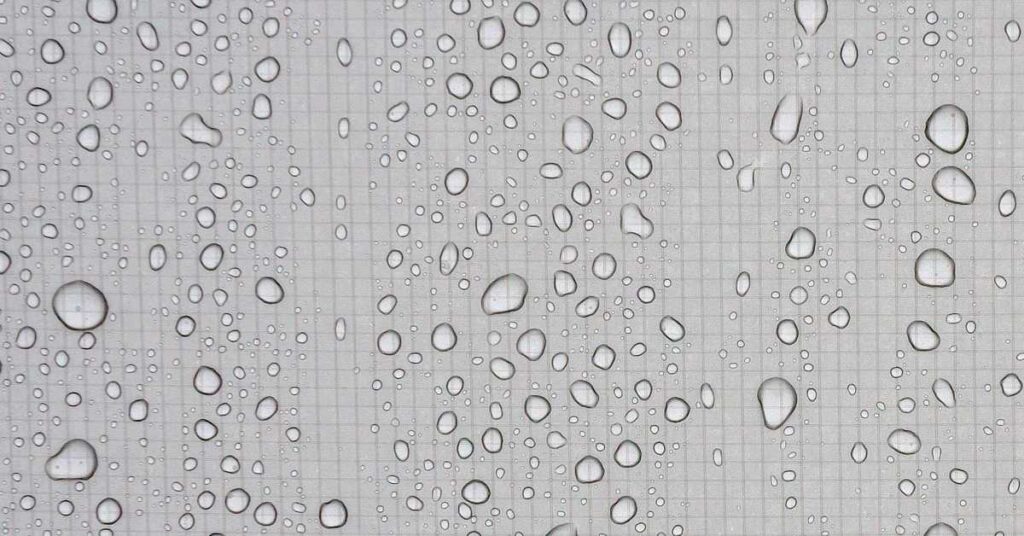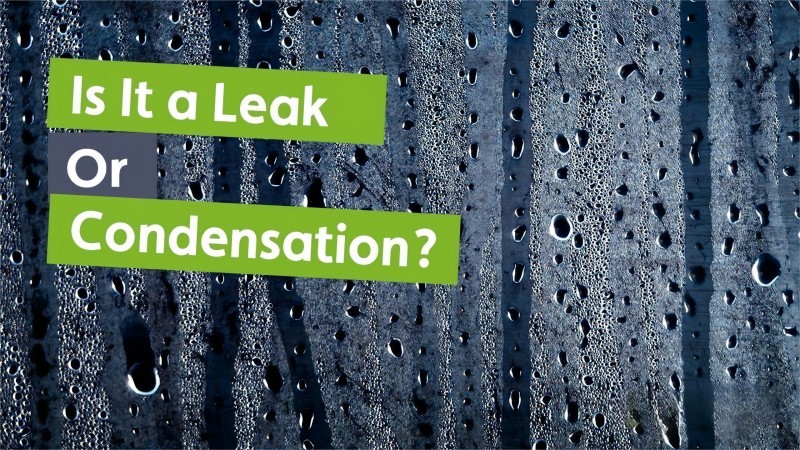Condensation versus Leaks: Understanding and Managing Moisture in Your Tent

Condensation is a natural occurrence that can often be mistaken for a leaking tent, potentially spoiling your camping experience. However, with proper understanding and preparation, you can distinguish between the two and mitigate the effects of condensation. Here's what you need to know:
What is Condensation?
Condensation is the result of moisture in the air inside the tent coming into contact with cooler tent fabric. This moisture primarily comes from the breath of occupants; each person can emit up to a pint of water per night. As temperatures drop in the evening, this moisture condenses on the tent's interior surfaces, leading to dampness.
Identifying Condensation:
Polyester Tents and Condensation:
Polyester, a non-breathable fabric commonly used in tents, can exacerbate condensation. Once waterproofed, it traps moisture inside. To combat this, ensure proper ventilation by keeping vents open at all times and utilizing mesh doors if available.
Condensation in Air Tents:
Air tents, with their internal Airbeams, are particularly prone to condensation. Temperature differentials within the beams can cause moisture buildup. Look for signs of condensation along the beams or pooling at their base.
Condensation with Sewn-in Groundsheets:
Tents with sewn-in groundsheets can trap moisture and warm air, leading to increased condensation. While they prevent drafts, they contribute to moisture buildup.
Managing Condensation:
While it's impossible to eliminate condensation entirely, you can reduce its impact:
Determining Leaks:
If you encounter water inside your tent, especially during the initial use, don't immediately assume it's a leak. Instead, monitor for recurrence and conduct a controlled test at home using a hose-pipe. Ensure the tent dries completely before testing.
By understanding the differences between condensation and leaks and implementing effective moisture management strategies, you can ensure a more enjoyable camping experience, even in damp conditions.
